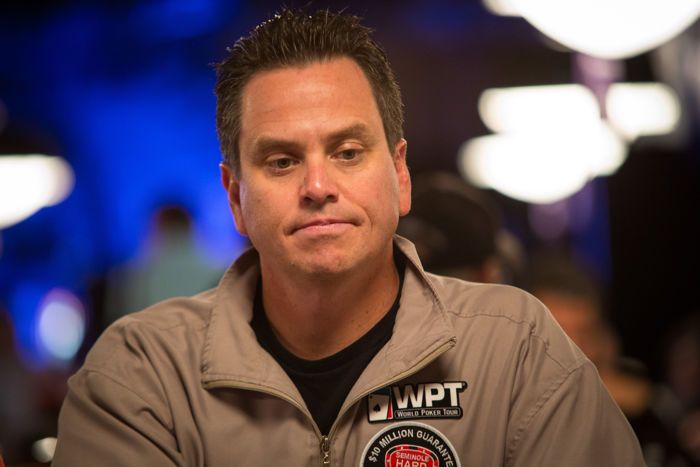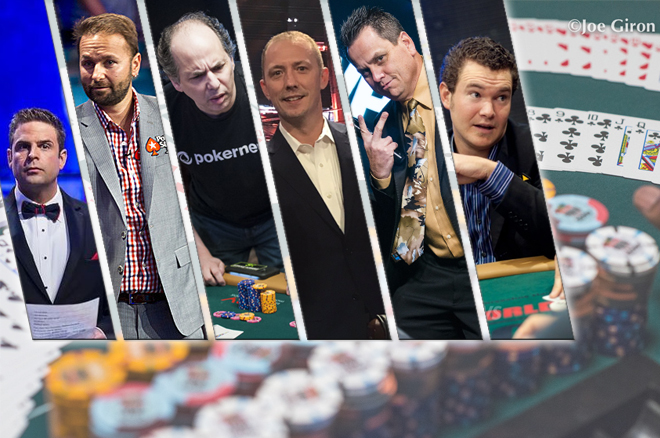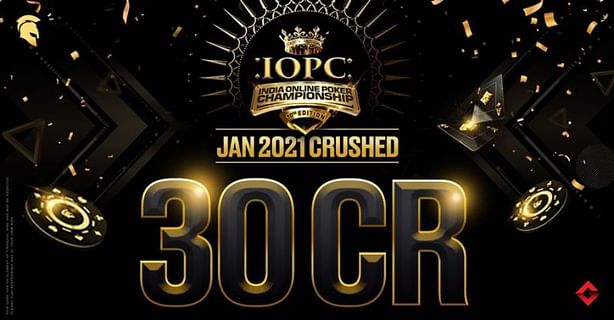How Does Big Blind Ante Work
A big blind is a mandatory bet used in poker variations that typically don't have antes, such as Texas Hold 'Em. It is paid by the player two seats to the left of the dealer or the dealer button. The player one seat to the left of the button pays a small blind that is usually half the big blind's size. Known as “big blind ante,” this new approach sees a major change: instead of every player anteing each hand, one player antes an amount equal to the big blind each round. The ante is dead and is. There will be one single ante posted for the whole table by the player in the Big Blind. The ante is posted first and players from any position will be eligible to win the entire ante regardless of chip stack. Antes never reduce until end of tournament. But with the big-blind ante, Balaisis would have that same 6,000 every hand until he reached the big blind. When the big blind came around to him, Balaisis was forced all in for the 6,000 ante (link to the hand), which became the main pot. What this meant is that even if everyone else at the table played the hand, Balaisis was only eligible to. His/Her total contribution to that pot is 2,000. The Ante (1,000) is dead and is immediately brought into the pot. The Big Blind (the other 1,000) is live and is part of the pre-flop betting. If a player in the tournament does not have the required amount for both the Big Blind and the Ante, the Big Blind will be paid first, followed.
- How Big Blind Ante Works
- How Does Big Blind Ante Worksheets
- Big Blind Ante Rules
- How Does Big Blind Ante Works
- Who Pays The Big Blind Ante
- How Does Big Blind Ante Work
- Big Blind Ante Format
In button games, a non-playing dealer normally does the actual dealing. A round disk called the button is used to indicate which player has the dealer position. The player with the button is last to receive cards on the initial deal and has the right of last action after the first betting round. The button moves clockwise after a deal ends to rotate the advantage of last action. One or more blind bets are usually used to stimulate action and initiate play. Blinds are posted before the players look at their cards. Blinds are part of a player's bet, unless the structure of a game or the situation requires part or all of a particular blind to be 'dead.' Dead chips are not part of a player's bet. With two blinds, the small blind is posted by the player immediately clockwise from the button, and the big blind is posted by the player two positions clockwise from the button. With more than two blinds, the small blind is normally to the left of the button (not on it). Action is initiated on the first betting round by the first player to the left of the blinds. On all subsequent betting rounds, the action begins with the first active player to the left of the button.

In an effort to speed up the game, poker tournaments are experimenting with a tweaked process for posting antes called the “Big Blind Ante.”
In Big Blind Ante games, instead of each player posting an ante at the beginning of a hand, the BB antes for the entire table.
So far, players overwhelmingly like the big blind ante format. Not only does it speed up the game, it also eliminates the need to keep small denomination chips in play past their usefulness.
But not everything is peachy keen with the new structure.
A debate over what comes first, the ante or the blind bets players are required to post at the start of each hand, has overtaken Poker Twitter.
The debate almost exclusively involves high-stakes poker players and tournament directors, with the two sides arguing player preference vs. fairness.
The two sides of the debate
Poker players are focused on what players would prefer, citing the disappointment an extremely short-stacked player would feel if they were only capable of winning their chips back (the antes) in an all-in situation.
Tournament directors are more interested in changing the long-established norm of antes being posted before the blinds, and whether or not doing the opposite is “fair” to everyone.
The conversation is mainly centered around a situation where a player is extremely short-stacked, and the two radically different outcomes that ante-first or big-blind-first create:
Ante 1st scenario. pic.twitter.com/scZaRLqDnm
— Willie Elliot (@Willie_Hmmm) March 18, 2018
BB 1st scenario. pic.twitter.com/sGpW0ZJHaL
— Willie Elliot (@Willie_Hmmm) March 18, 2018
Considering the infrequency and insignificance of the scenario, it may seem trivial. However, there is an important component to this conversation most people are overlooking: game integrity.
Game integrity
In the BB ante format, the big blind is posting the antes for the entire table. That means that each player at the table owes that player a single ante, and the debt is paid when they are in the big blind and pay the antes for the table.
Steve Badger did a good job explaining one scenario where game integrity could be compromised if the ante is considered before the big blind on Twitter:
How Big Blind Ante Works
And it’s not simply a potential issue in unlikely end-of-game scenarios.
Imagine the same all-in situation only it’s the first-hand of a nine-handed single-table-tournament, where each player starts with 100 chips, and there is a two-chip small blind, a four-chip big blind, and a one-chip ante.
On the first hand, each player should have an equal number of chips, but that’s not the case. The big blind is short eight chips that have been “lent” to the other players at the table. In an all-in situation, the big blind is unduly penalized, since they can’t win any other player’s entire stack.
Further, if the BB is eliminated they would never have an opportunity to recoup the chips they are still owed.
If the BB calls an all-in their effective stack is 91 chips (4 chips from the blind and 87 remaining in their stack). On the flip side, the other players are playing a stack of 100 chips. The under-the-gun player can win 102 chips — the 15 chips in the pot plus 87 chips from their opponent — leaving the losing player with nine chips.
Now fast forward a few hands. Suppose the losing player was the small blind and is now the big blind. In an ante-first scenario they would first have to obligate their debts to the other players and would only be able to win the nine chips they ante. In the BB-first scenario they would be eligible to win the blinds, four chips from any player who calls, and the partial five-chip ante they posted.
- Ante-first with three callers: All-in player wins 9 chips.
- BB-first with three callers: All-in player wins 23 chips.
Yes, this is great for the short-stack, but how should the original BB feel about this player that should have been eliminated now sitting on 23 chips and only partially paying their antes? In practice this player shorting the antes means they managed to avoid paying antes for four of the ninee hands that were played.
In no other part of the casino would this be allowed to happen. If you can’t cover the main bet on a table game you’re not allowed to put money on the jackpot bet.
Considering the lending component and the possibility of unfairness, I don’t know if big blind before ante would stand up to regulatory scrutiny, and if a gaming commission really wanted to be a stickler, the lending element of the BB ante format could also be disallowed – although I doubt a gaming commission would go that far.
How Does Big Blind Ante Worksheets
The problem with fixing problems
Big Blind Ante Rules

What was implemented as a way to speed up the ante process has somehow turned into a debate over what’s more friendly for recreational players.
The big blind before antes side isn’t making the case from a game mechanic standpoint, in fact, the only logic for it is that it makes the short-stacked player feel better, hence it’s believed to be player-friendly and good for the game.
That may be true, and this issue may be inconsequential enough to not matter from a game integrity standpoint (although I’m not convinced it is), but that doesn’t make the “we don’t want a player to feel bad” argument a good one.
It seems to me they shouldn’t be given any extra advantage just because they can’t afford to pay what they are due to the pot.
How Does Big Blind Ante Works

Who Pays The Big Blind Ante
— Willie Elliot (@Willie_Hmmm) March 18, 2018
Key takeaway #1
How Does Big Blind Ante Work
Even if “big blind first” is the best practice for players, it might not pass muster with gaming commissions, and we need to consider all of the different scenarios where a player may be able to game the system in some way.
Eliminating the requirement that new players post a blind or wait for the blind would also be “player-friendly,” but that rule is in place for a reason – people have found ways to take advantage of it and/or it’s simply unfair to the other players.
Key takeaway #2
Big Blind Ante Format
In the grand scheme of things, none of this will likely matter. It looks like the BB ante structure is here to stay, and tournament directors and players will eventually hash out the chicken or the egg part of it with consideration given to player-friendliness and game fairness.
But to pretend this is just a matter of preference is wrong. There is a legitimate game integrity and fairness concern.